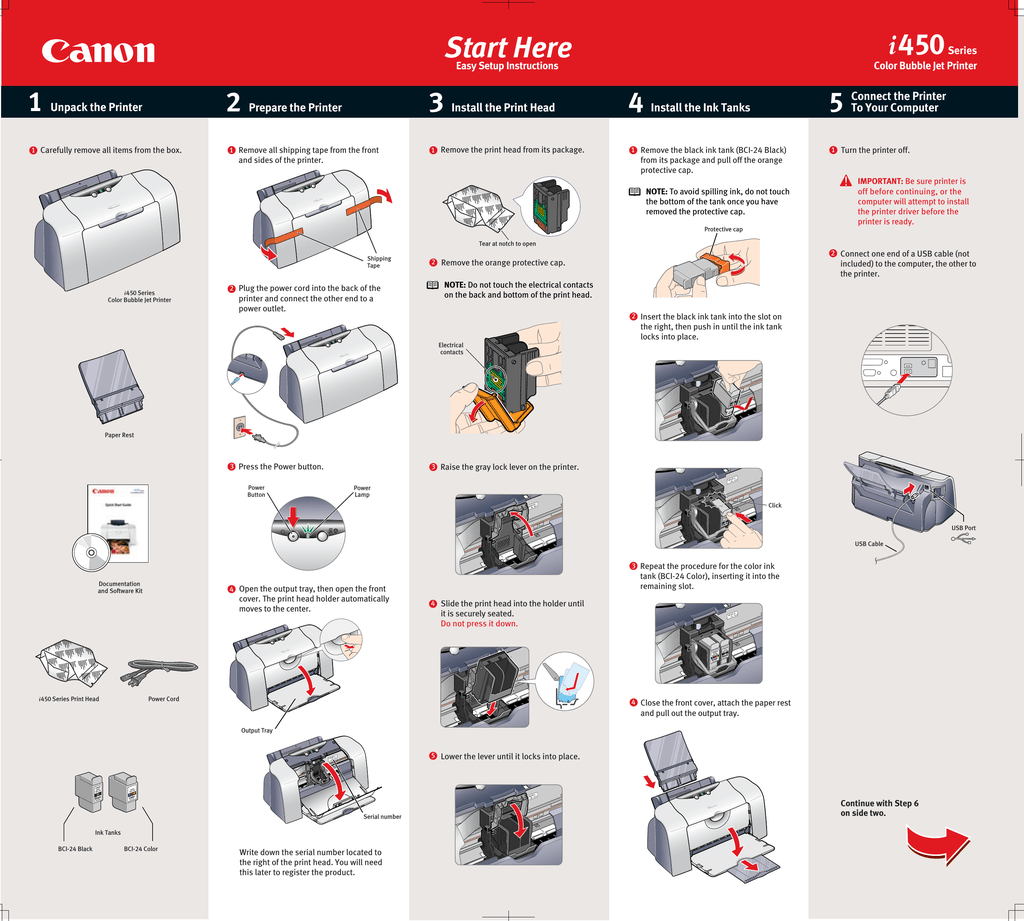

Through the lens metering was center weighted and automatic exposure was shutter speed priority.
#CANON I560 PRINTER DRIVER WINDOWS 7 FULL#
This had been used by Zeiss-Ikon in their mid-level cameras of their Contaflex series, and by Kodak in early interchangeable lenses for the top-end Retina series (later going to full lenses). In 1969 Canon introduced an economy camera/lens system where the rear three elements (in two groups) were built-on-to the camera, and several front element options could be interchanged.

The FD lens mount standard replaced FL-mounts in 1971. Offered with an f/1.2 58mm lens optionĬanon developed and produced the Canon FL lens-mount standard for film SLR cameras from 1964 to replace the Canon R lens-mount standard.
Canonflex RM (1962) - A redesign of the RP with builtin metering and a lower profile prism. Canonflex RP (1960) - simplified Canonflex without the interchangeable prism/viewer. Available with builtin motor-drive option (not detachable). 
Canonflex (1959) - Planned as Canon's first professional-class SLR camera body, but it was not successful.The FL lens mount replaced R-mounts in 1964. (See also: Template:Table of Canon SLR) Canonflex SLR Ĭanon developed and produced the Canon R lens mount for film SLR cameras in 1959. Canon 7 Rangefinder, Canon EX-EE, and the Canon TX. Canon 7 (1961) Including a built-in meter and improved viewfinder system.Ĭanon partnered with US manufacturer Bell & Howell between 1961–1976 and a few Canon products were sold in the US under the Bell & Howell brand e.g.Canonet (1961) Lower priced simpler camera.Upper end models had a new three-mode viewfinders and winding triggers.

This was the first Canon camera with a swing-open camera back for film loading. In 1956, Canon departed from the Leica II Style and developed a more contemporary look, along with a Contax style self-timer level to the left of the lens mount.
Canon S II (1946) A redesign with combined range finder and viewfinder functions - two windows. Canon S (1946) Similar if not the same as prewar cameras. Canon J II (1946) Similar if not the same as prewar cameras. Canon J (1939) J stands for Junior a non-rangefinder model. A Canon S without the slow shutter speeds The word “Hansa” disappeared from the brand name, and was replaced with just “Canon” Hansa Canon (1936) Omiya Trading Co marketed original Canon with the Hansa name above the Canon name on the top. Canon (1936) Known today as the "Original Canon" The viewfinder moved to the top of the camera, differing from the Leica. Kwanon (1933) Nippon Kogaku (now Nikon) provided Seiki Kogaku with funding, Nikkor lenses, rangefinders, and technical assistance. However, in most other respects these cameras remained visually similar to the Leica III. But in late 1946 they introduced the SII which departed from the Leica design by offering a combined viewfinder/rangefinder system, reducing the windows on the front of the camera to two. Post war Canon resumed production of pre-war designs in early 1946 with the JII viewfinder and the S1 rangefinder. Production began with the Hansa Canon on the Leica III format through WWII. Seiki Kogaku (now Canon) began to develop and subsequently to produce rangefinder cameras with the Kwanon prototype in 1933, based on the Leica II 35mm camera, with separate rangefinder and view finder systems (3 windows). Single 8 or Super 8 mm projectors Ĭameras Rangefinder film cameras Slide, 8 mm and Super 8 mm film Projectors Slide Projectors ĭual Gage (Regular, Single orSuper 8 mm) projectors 5 Multifunction peripheral/digital copiers. 3 Electronic dictionaries (only sold in Japan). 2.6 35 mm compact half-format cameras 18×24 mm. 2.4 Mirrorless interchangeable-lens cameras. 1.3 Dual Gage (Regular, Single orSuper 8 mm) projectors. 1 Slide, 8 mm and Super 8 mm film Projectors.








 0 kommentar(er)
0 kommentar(er)
